I have a function generator, and I am outputting 100 mV peak to peak sine wave.
By making a circuit of resistances, I am trying to reduce the peak to peak voltage to 2 mV.
But I am getting noise in doing so.
Yellow coloured signal is the input signal, blue one is output signal. There is a faint blue colour band around the main signal.
I have to pass 2 mV signal to a device, is that noisy signal good enough to send to a device?
Or is ot just showing noise in the oscilloscope because the peak to peak voltage of output signal is very low?
I want to get a cleaner signal, is there any way to do so?
